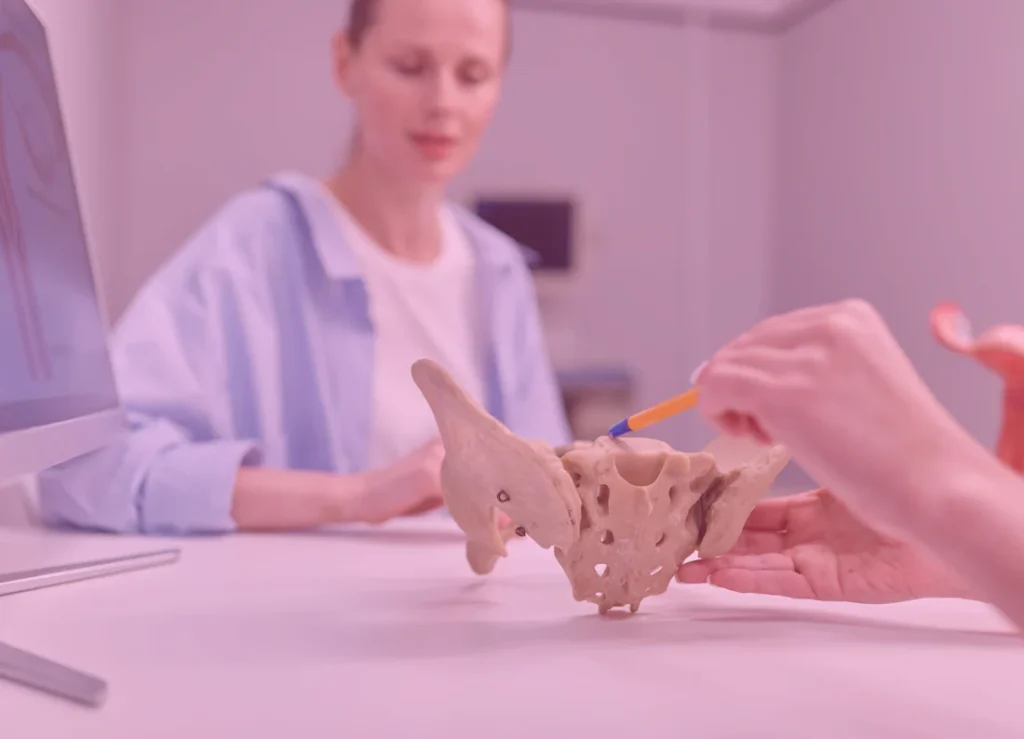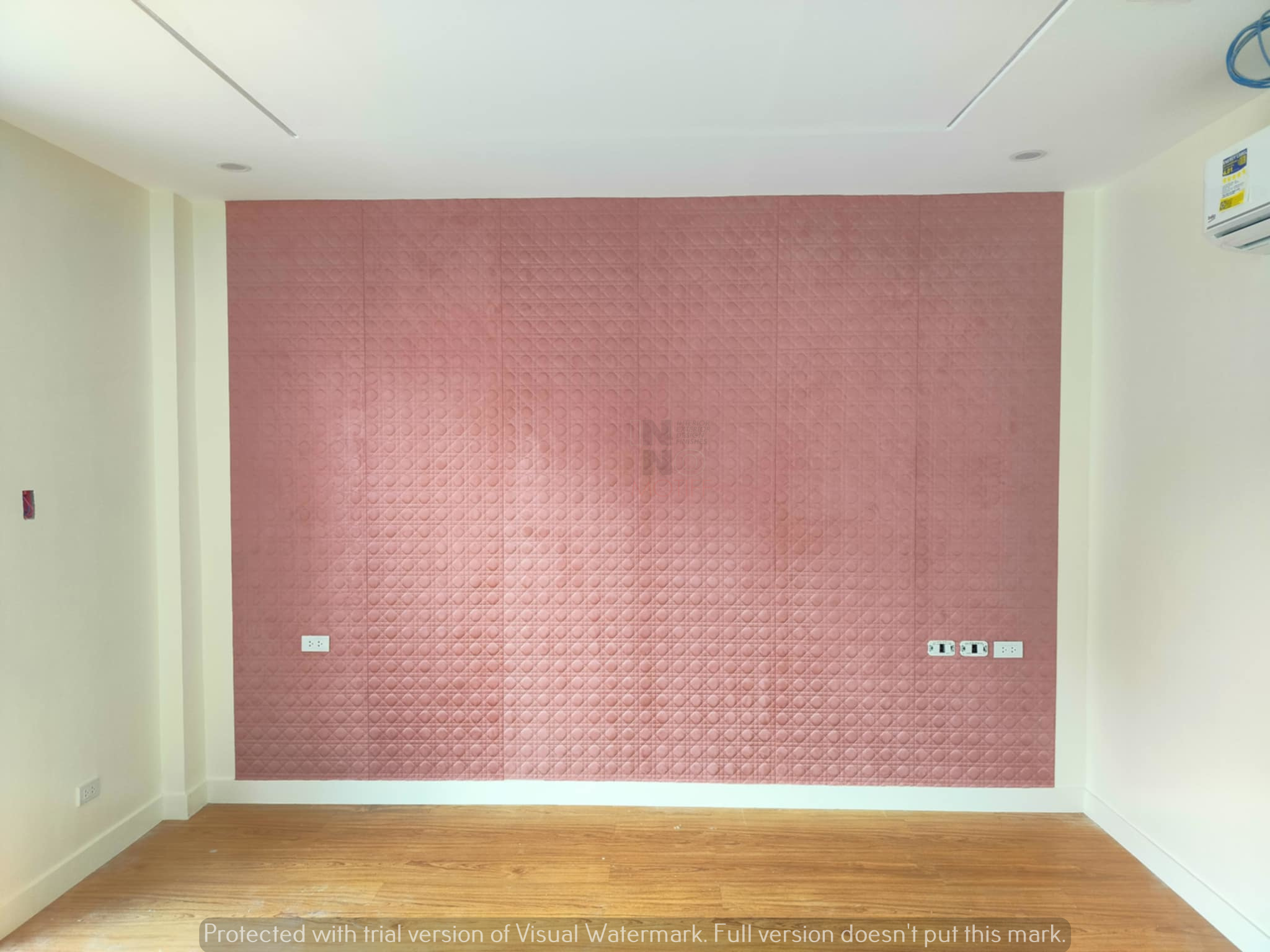Understanding Vaginismus
Vaginismus is a condition that causes involuntary tightening of the vaginal muscles, making penetration painful or impossible. It can occur during sexual activity, tampon insertion, or even routine gynecological exams. There are two main types: primary vaginismus, where a woman has never been able to engage in pain-free penetration, and secondary vaginismus, which develops after a period of normal sexual activity. Physical factors, such as past trauma, infections, or muscle dysfunction, often interact with psychological elements, including anxiety, fear, or negative sexual experiences. Many people mistakenly believe vaginismus is rare, but it affects a significant number of women. Understanding the condition is the first step toward seeking proper care. Raising awareness about symptoms and triggers helps reduce stigma and encourages women to seek professional vaginismus treatment without shame.
Recognizing Symptoms and Impact
Vaginismus symptoms vary widely among individuals but often include pelvic tension, burning sensations, sharp pain during penetration, and difficulty inserting tampons. The emotional impact is equally important, as anxiety, embarrassment, and fear of intimacy can affect self-esteem and relationships. Women with vaginismus may avoid sexual activity or feel isolated due to frustration and shame. Severity ranges from mild discomfort to extreme pain, and symptoms can fluctuate depending on stress, hormonal changes, or past experiences. Recognizing these signs early allows for timely intervention and prevents long-term emotional strain. Support from healthcare providers and partners can significantly improve outcomes. Addressing both the physical and psychological effects ensures a holistic approach to vaginismus treatment.
Medical Approaches to Vaginismus Treatment
Medical professionals often begin treatment by assessing underlying causes and tailoring an individualized plan. Pelvic floor therapy is a common approach, teaching women how to relax and control the pelvic muscles. Vaginal dilators are frequently used in a gradual desensitization process, helping patients build comfort and reduce involuntary muscle contractions. Medications, such as topical anesthetics or muscle relaxants, may also assist in easing pain during therapy or sexual activity. Regular gynecological evaluations are important to rule out infections, hormonal issues, or other conditions that may worsen symptoms. Combining these strategies under professional guidance significantly increases the success rate of vaginismus treatment. Consistent follow-ups help ensure progress is monitored and adjustments are made as needed.
Psychological and Emotional Support
Addressing the mental and emotional aspects of vaginismus is crucial for long-term improvement. Cognitive Behavioral Therapy (CBT) can help manage fear, anxiety, and negative thought patterns related to sexual activity. Mindfulness techniques, including deep breathing and progressive muscle relaxation, can reduce pelvic tension and make penetration less painful. Counseling or couples therapy often improves communication, intimacy, and emotional support between partners. Addressing feelings of shame or guilt allows women to approach intimacy without fear or judgment. Psychological support also helps women develop coping strategies for stress and past trauma. Integrating emotional therapy with medical approaches creates a comprehensive treatment plan that addresses both mind and body.
Self-Help and At-Home Strategies
Self-help techniques can complement professional treatment and enhance progress. Pelvic floor exercises, such as Kegels and relaxation drills, strengthen and control the muscles involved in penetration. Breathing exercises and mindfulness practices help reduce anxiety and promote a sense of calm during intimacy. Gradual exposure techniques, starting with non-penetrative intimacy and progressing to penetration, can help the body adjust at a comfortable pace. Supportive apps, guides, or online communities provide resources, encouragement, and a sense of belonging. Consistency in practicing these techniques is essential for achieving measurable results. Women who actively engage in self-help strategies often experience faster relief and improved confidence.
Choosing the Right Treatment Plan
Selecting the most effective vaginismus treatment requires a personalized approach based on the individual’s severity, triggers, and lifestyle. Medical, psychological, and self-help strategies can be combined for maximum benefit. Realistic expectations and patience are key, as progress may take time and consistency. Women are encouraged to communicate openly with healthcare providers and partners to ensure their needs are understood and addressed. Monitoring progress regularly allows adjustments to the treatment plan for optimal results. Addressing all contributing factors—physical, emotional, and relational—ensures a well-rounded approach. A thoughtful, customized plan increases the likelihood of successful long-term outcomes.
Frequently Asked Questions (FAQ)
How long does vaginismus treatment typically take?
Treatment duration varies depending on severity, underlying causes, and consistency with therapy. Some women notice improvement within weeks, while others may require several months. Combining medical, psychological, and self-help strategies often accelerates progress.
Can vaginismus be completely treated?
Many women achieve full relief from symptoms with a structured, comprehensive treatment plan. Ongoing self-care and therapy can prevent recurrence. Early intervention typically leads to faster, more complete results.
Are there age-related considerations for vaginismus treatment?
Vaginismus can occur at any age, and treatment is effective across age groups. Hormonal changes, childbirth history, and menopause may influence symptom severity, which should be addressed in therapy.
Can partners play a role in the treatment process?
Yes, partners can provide emotional support, participate in intimacy exercises, and encourage consistent practice of relaxation techniques. Communication and patience from partners improve treatment outcomes.
How can I find specialized healthcare professionals for vaginismus?
Gynecologists, pelvic floor therapists, sexual health specialists, and mental health professionals trained in CBT can provide effective treatment. Referrals from trusted medical providers or local sexual health clinics are often helpful.









